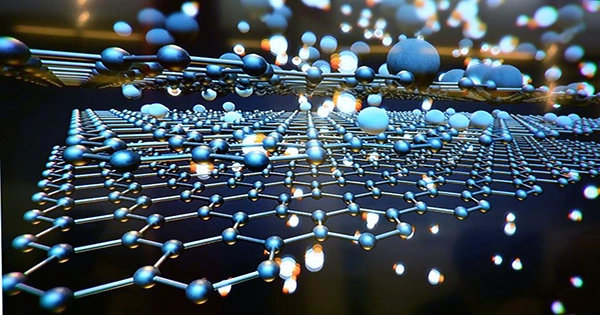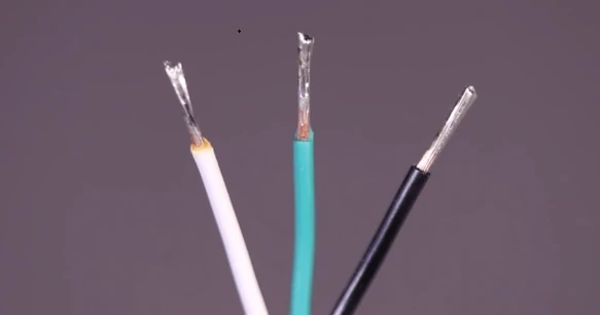Researchers have invented a new material that is as strong as steel yet as light as plastic, while still being scalable to be manufactured in big quantities, using a technology previously considered to be impossible. The material’s creators at MIT believe it might be a cutting-edge substitute for electrical devices and phones, building materials, and even car exterior coatings. In a statement, Michael Strano, the Carbon P. Dubbs Professor of Chemical Engineering at MIT and senior author of the work, stated, “We don’t generally think of plastics as being something that you could use to support a building, but with this material, you can enable new things.”
“It has a lot of unique features, and we’re really thrilled about it.” A paper published in Nature detailed the material. The pursuit of a lightweight yet strong material is a never-ending task that necessitates the use of increasingly sophisticated synthesis techniques. In recent years, two-dimensional materials have gotten a lot of attention, especially graphene, which has outstanding flexibility and strength capabilities that could open up new possibilities in flexible electronics. Polymers like plastics, which we use every day, would not, until today, form 2D sheets.
The researchers were able to drive monomers (short chains of molecules that link together to form a polymer) to form 2D sheets and stay in that condition using a new polymerization process. Previously, monomers would rotate and shift while constructing the 2D sheet, causing the uniform structure to be lost and leading scientists to conclude it was impossible to create a 2D polymer. Yuwen Zeng, the study’s principal author, and his colleagues employed melamine as the monomer and an irreversible polycondensation reaction to induce them to form two-dimensional disks. The disks are then layered on top of one other and held in place by hydrogen bonds.
This novel structure, when stacked, produces a material that is extraordinarily light – about one-sixth the density of steel – yet incredibly strong. The amount of force required to bend the material, according to the researchers, is double that of steel, making it superior in practically every category. “Rather than constructing a spaghetti-like structure, we can make a sheet-like molecular plane,” Strano explained.
“This technique occurs spontaneously in solution, and we can easily spin-coat thin films that are extremely strong when we synthesize the material.” The polymer self-assembles and produces a film that can coat anything dipped in it once the precursors are in solution.
The researchers may simply increase the number of components used to increase the amount of polymer generated. “This could enable us to construct ultrathin coatings that totally block the passage of water or gases,” Strano added.
“A barrier covering like this might be utilized to safeguard metal in automobiles and other vehicles, as well as steel structures.” In the pursuit of further unique materials, Zeng and his team are now continuing their research into the new procedure to uncover exactly what allows this polymer to generate 2D sheets.
















